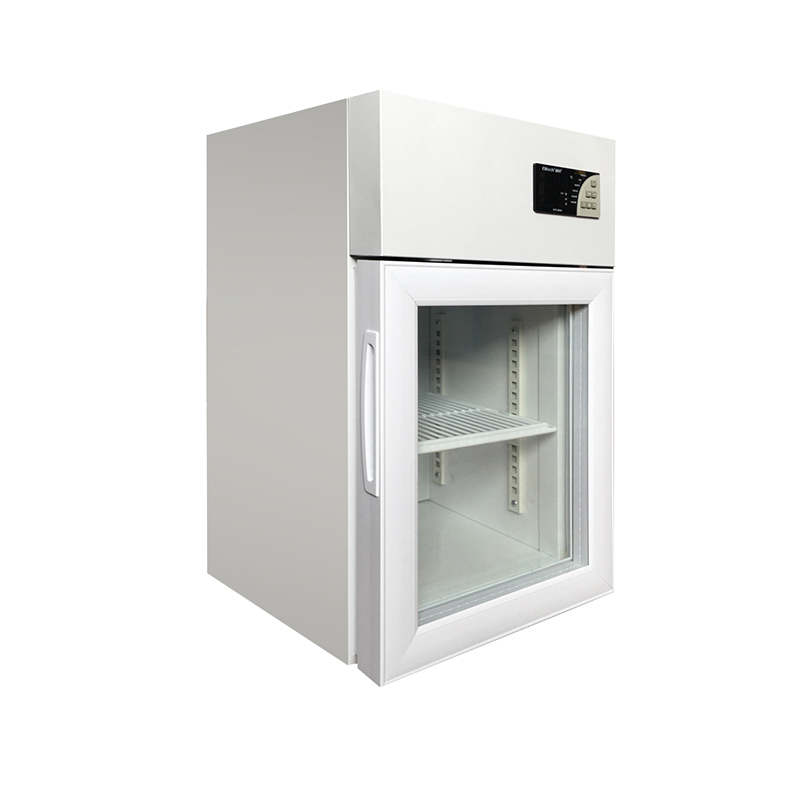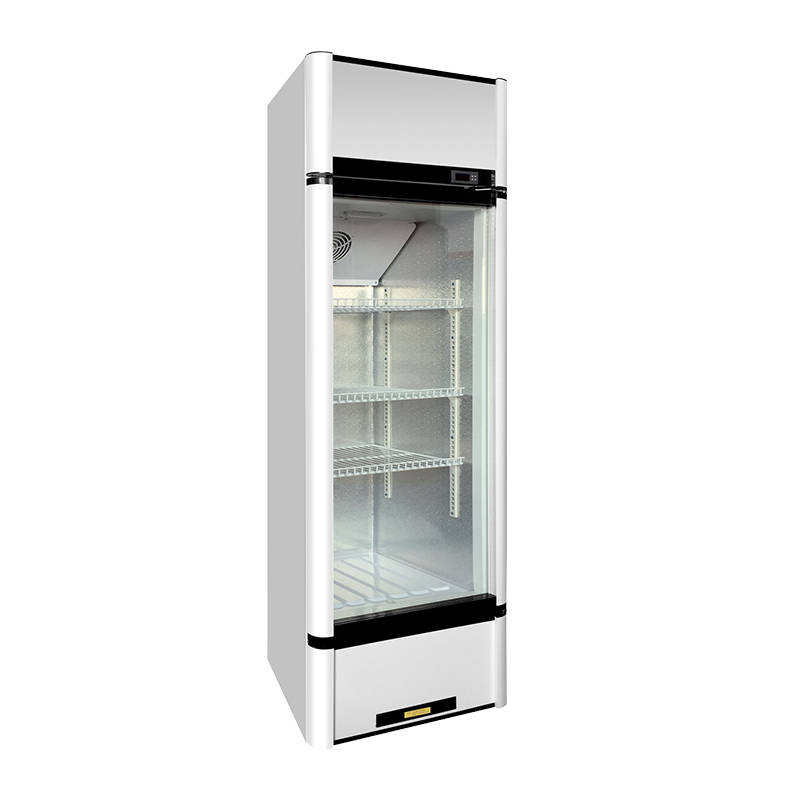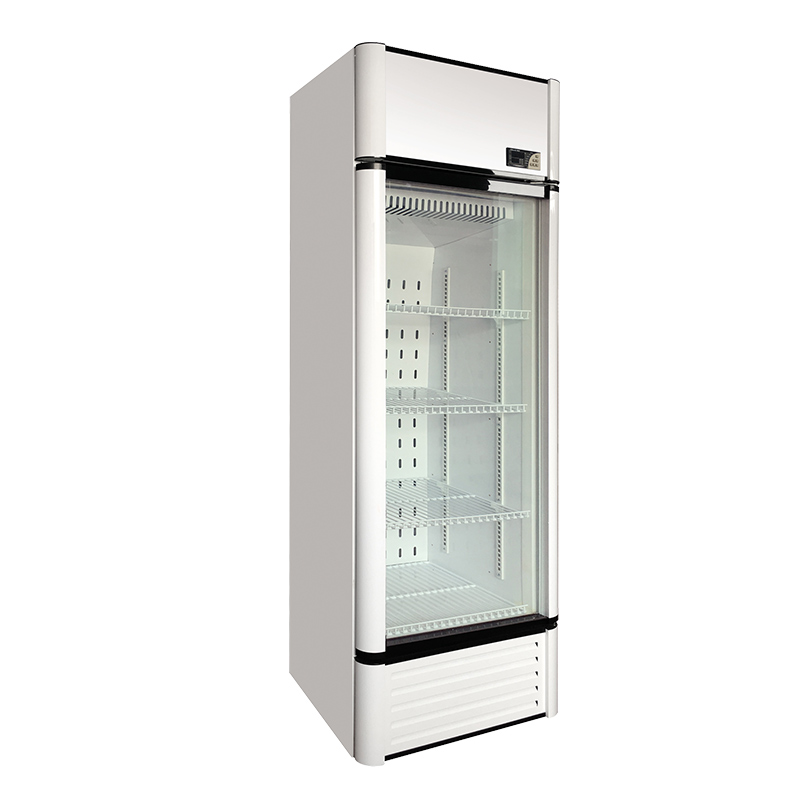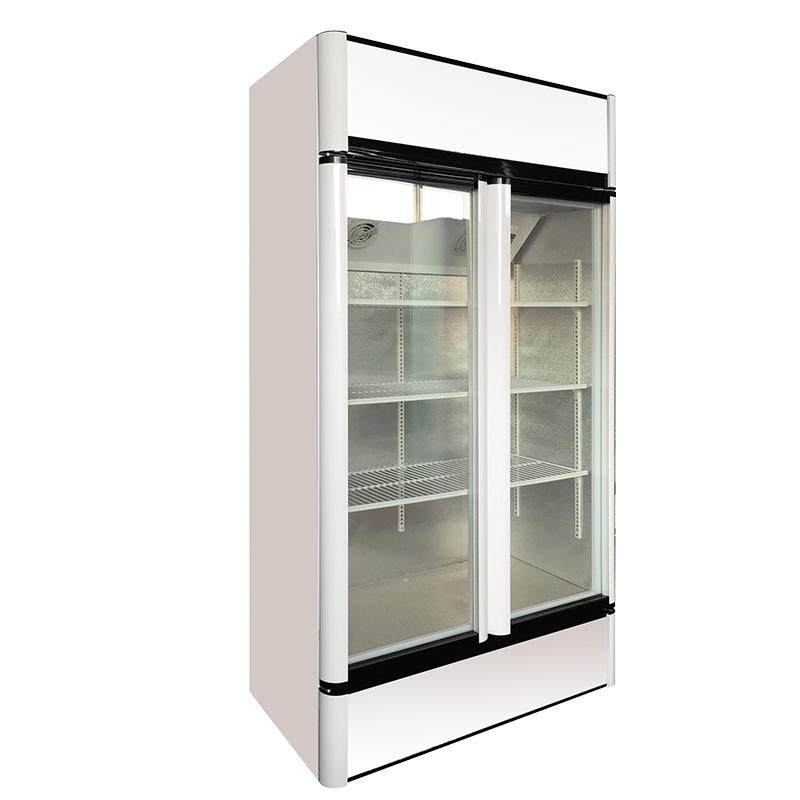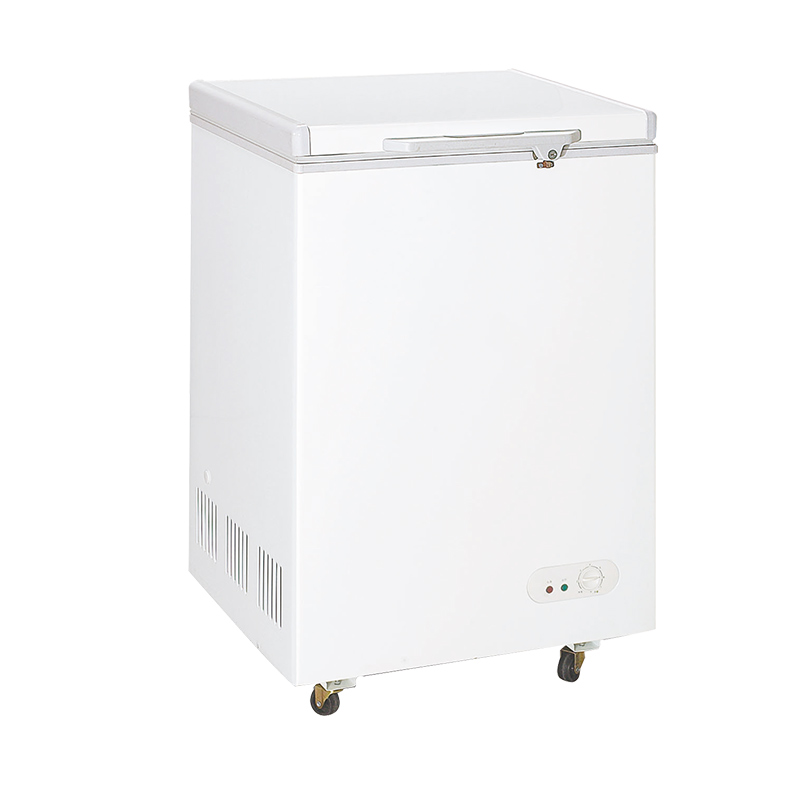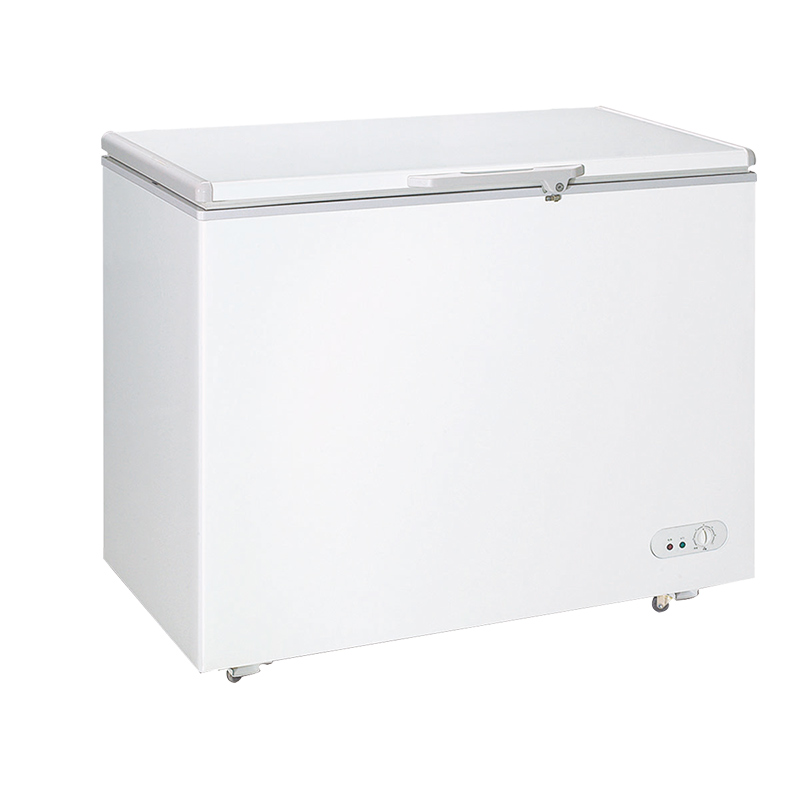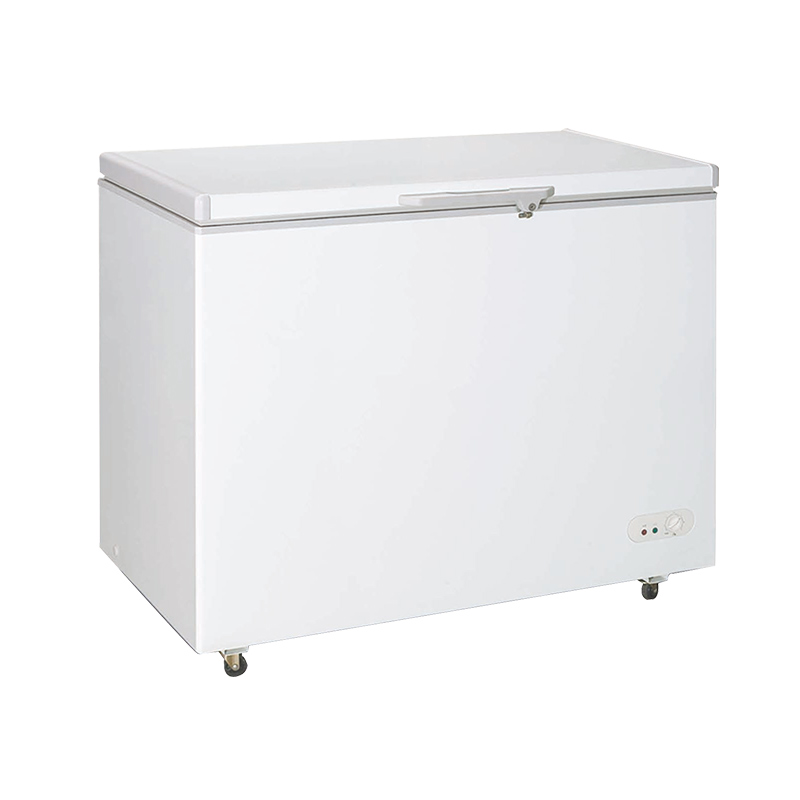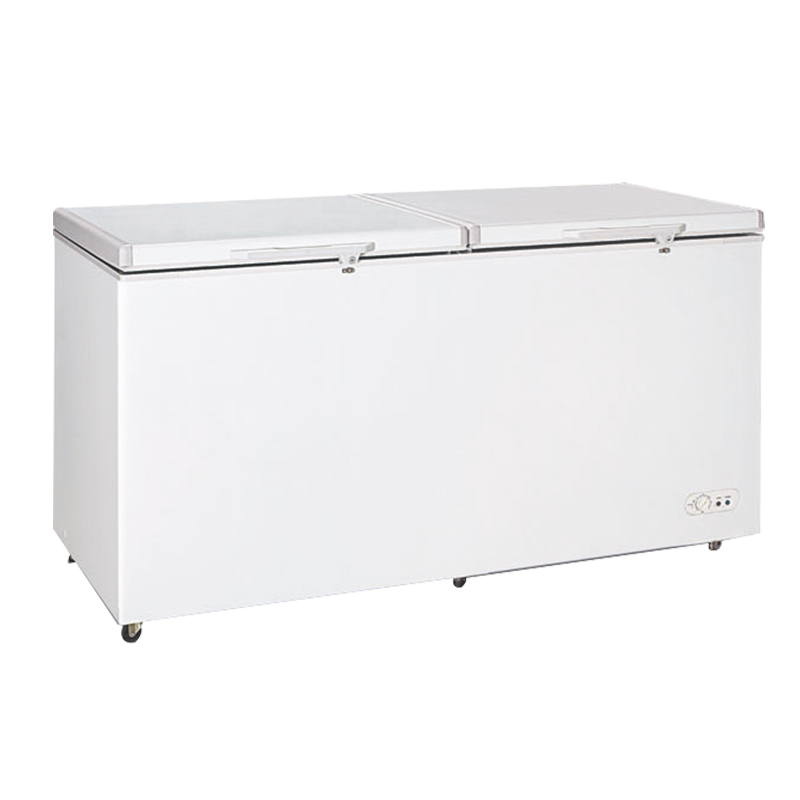The assembly process on a refrigerator production line is a carefully organized and systematic series of steps aimed at efficiently and accurately constructing refrigerators. The specific details can vary based on the manufacturer and the type of refrigerator being produced, but here is a general overview of how the assembly process is typically organized:
Component Preparation:
Raw materials and pre-fabricated components are gathered and prepared for assembly. This may include metal sheets, plastic parts, shelves, compressors, wiring, and insulation materials.
Sub-Assembly Stations:
The production line is often organized into sub-assembly stations where specialized teams or machinery focus on assembling specific components or modules, such as the compressor unit, doors, or electronic controls.
Main Assembly Line:
The main assembly line is the central stage where the refrigerator takes shape. This line typically consists of a conveyor system that moves the refrigerator chassis from one workstation to another.
Chassis and Casing Assembly:
The chassis of the refrigerator, including the frame and housing, is assembled. This involves attaching panels, installing insulation, and preparing the structure for the integration of internal components.
Installation of Core Components:
Key components like the compressor, condenser, and evaporator are installed at designated points along the assembly line. These components are crucial for the refrigeration cycle.
Wiring and Electronics Installation:
Wiring harnesses, sensors, and electronic controls are installed to facilitate the functioning of features like temperature control, defrosting, and other electronic functions.
Insulation and Sealing:
The interior of the refrigerator is filled with insulation material to ensure proper temperature retention. Seals and gaskets are installed to maintain airtight compartments.
Shelf and Bin Installation:
Adjustable shelves, storage bins, and drawers are added to the refrigerator's interior. This step involves customization based on the model and design specifications.
Door Assembly:
Doors, which may include water and ice dispensers, are assembled separately and then attached to the refrigerator. This stage also involves ensuring proper alignment and sealing.
Quality Control Checkpoints:
Throughout the assembly process, there are quality control checkpoints where trained inspectors examine the refrigerator for defects, ensuring that it meets established quality standards.
Final Testing:
Completed refrigerators undergo comprehensive testing to verify functionality, temperature control, and any additional features. This may include performance tests, electrical safety checks, and energy efficiency assessments.
Packaging:
Once a refrigerator passes all quality and functionality checks, it is prepared for packaging. This involves protective wrapping, labeling, and packaging for shipping to distribution centers or retailers.
Shipping and Distribution:
Packaged refrigerators are then moved to the shipping area where they are loaded onto trucks for distribution. The logistics and distribution processes are crucial for timely delivery to retailers or end consumers.
After-Sales Support:
Manufacturers often have processes in place for after-sales support, including customer service, warranty handling, and repair services.
The organization of the assembly process is designed to maximize efficiency, quality, and consistency while accommodating the various components and features of different refrigerator models. Continuous improvement efforts are often implemented to streamline operations and enhance the overall production process.


 English
English عربى
عربى